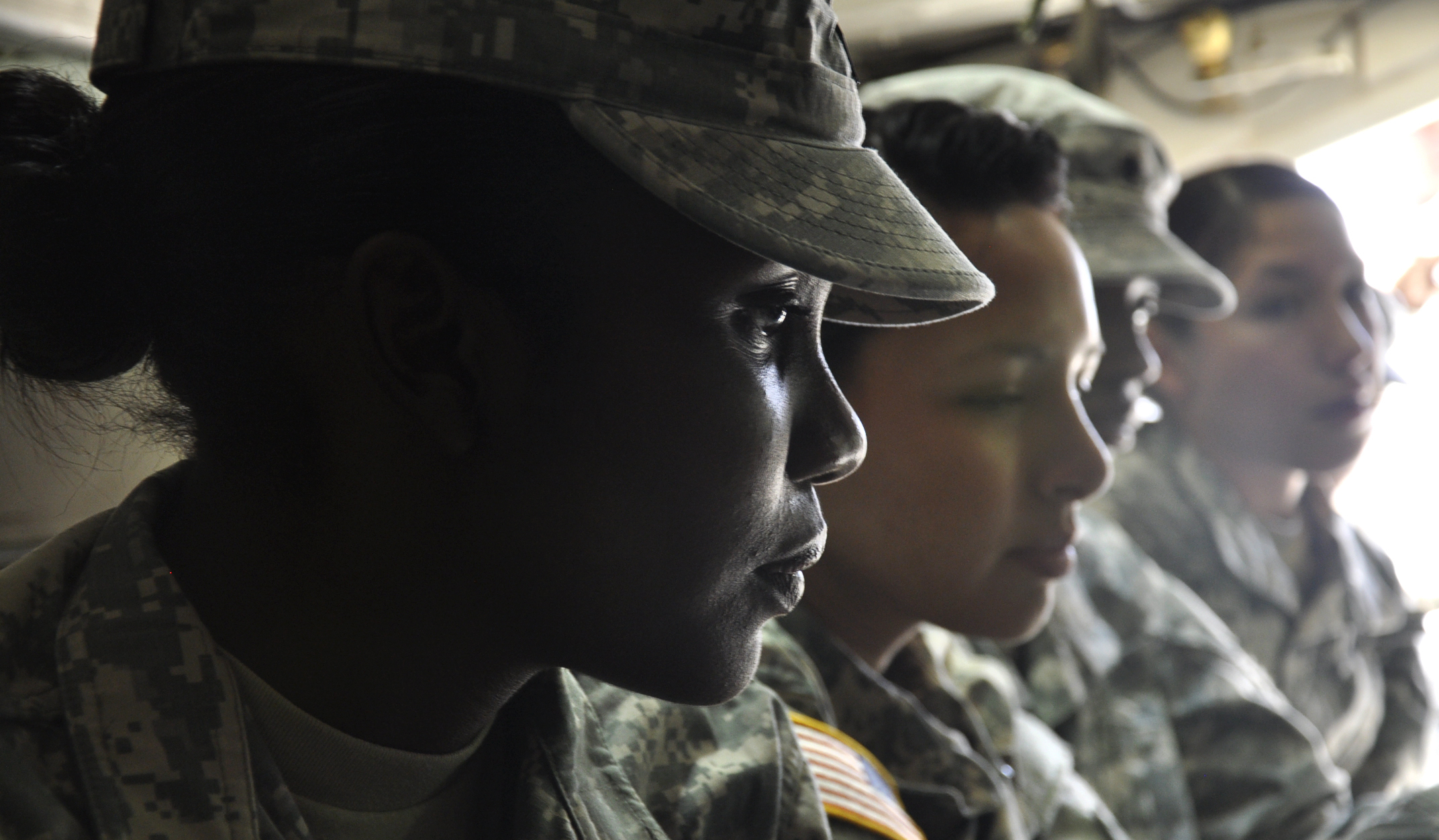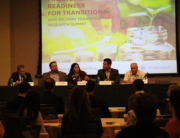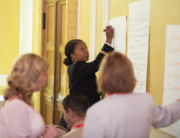The nation’s 2 million women veterans make up less than 10 percent of the total veteran population, but their growing ranks and individualized experiences require more focused research and policy.
These experiences of women transitioning to civilian life—including employment, health and homelessness—were discussed during a recent roundtable on women veterans co-hosted by the Center for Innovation and Research on Veterans & Military Families at the USC Suzanne Dworak-Peck School of Social Work and the U.S. Department of Veterans Affairs. During the Feb. 7 meeting in Arlington, Virginia, representatives of universities, nonprofits and various VA departments gathered to discuss how research could help understand these and other critical issues.
Some academic participants included the University of Maryland, University of Alabama, George Mason University, and the Military Family Research Institute at Purdue University.
Carl Castro, CIR director and associate professor, said the meeting showcased the importance of research and collaboration. “This really highlights how academia can work closely with the Department of Veterans Affairs to help them address issues facing service members when they leave the military,” he said.
Women have been entering the military in greater numbers in recent years. They are younger and more ethnically diverse than their male peers. And though they only make up about 10 percent of the veteran population today, women veterans are expected to increase at an average rate of 18,000 per year, growing to 15 percent of the total veteran population by 2030.
“With women becoming more represented in the military, we need to do a better job of understanding their specific needs and findings ways to meet them,” said Sara Kintzle, research assistant professor.
Women veterans are more likely to be college educated and in the civilian workforce than both male veterans and non-veterans; however, female veteran homelessness is on the rise. CIR’s State of the American Veteran studies also showed that more women than men had difficulty adjusting after leaving the military and needed time to figure out what to do with their life. Research also shows that women in the military are three to five times more likely to be sexual assault victims than their male counterparts.
For all the ways that women veterans are different, the participants also discussed the similarities among male and female issues and the need for research that benefits both groups. For example, when conducting studies, researchers can ensure enough women are represented for data collection and evaluation.
Findings from this research summit will be presented as part of a session during an upcoming VA summit on women veterans.
This is the third year in a row that CIR has held a summit to outline goals and road map for future research efforts. In 2015, CIR brought together about a dozen international military research centers to discuss multiple topic areas, including behavioral health, military families, physical functioning, suicide and violence. Last year’s meeting, a collaboration with the Canadian Institute for Military and Veteran Health Research, focused on military-civilian transition.








